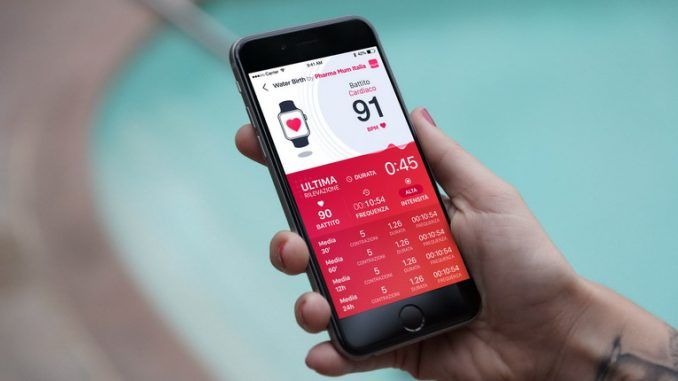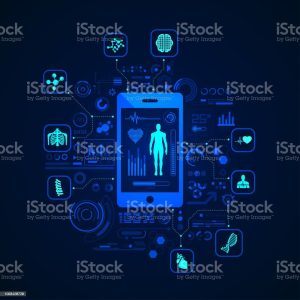Skin-to-skin contact easier with water delivery

Skin-to-skin contact easier with water birth
Skin-to-skin contact easier with water birth.
And now there’s the WaterBirth app Skin-to-skin contact between baby and mother is a wonderful moment, an exchange of love that seals a special relationship for life.
Unfortunately, for various reasons, this approach does not happen always and everywhere, but every woman must be aware of the benefits of such close contact with her baby and must be able to ask obstetricians and gynecologists to make this wish come true.
Skin-to-skin contact is one of the points that Unicef and WHO recommend for so-called “baby-friendly hospitals,” which are those health facilities that implement all best practices to facilitate a natural and peaceful birth and to promote breastfeeding.
Skin-to-skin contact after childbirth
According to the two organizations, mothers who have just given birth should be handed over their newborn babies immediately and placed on their chests for skin-to-skin contact. The two should be left in this position for at least an hour, without interruption.
The benefits are enormous.
The empathy between the woman and the baby is immediate, the beginning of their relationship has no interference, the newborn gets over the stress of birth faster, can immediately smell mom’s scent and attach to the breast, to begin to be nursed.
With water birth this skin-to-skin contact is even easier because as soon as the baby is born it can be laid on the mother’s body, without even needing to be cleaned. In addition, the warm water in the tub warms him up, and the temperature is the same as the amniotic fluid in which he has been immersed for about 9 months.
The latest innovation on the subject of water birth is WaterBirth, an app that makes this mode of childbirth even more pleasant and safe.
It was created by Pharma Mum Italia and has already been published in the App Store.
Here’s how WaterBirth works. The woman giving birth in water wears a smartwatch and, with a very simple touch on the device, can record the beginning and finish of each contraction, also indicating its intensity (high, low or medium).
At the same time, the midwife or gynecologist can check on a smartphone the frequency, duration, and intensity of contractions in real time, without the woman having to get out of the tub.
In addition, again thanks to the smartwatch, health workers can monitor the woman’s heart rate moment by moment at any time during delivery, so that they can intervene immediately if something is wrong.
The study by the Arnas Civico of Palermo
A study conducted at Palermo’s Arnas-Civico Hospital showed that women who give birth in water have lower heart rates than those who do not. The research looked at 120 women: of these, 81 went through labor and/or delivery in water, 39 did not.
Thanks to WaterBirth, it was found that all the parturients who were in the tub had a lower heart rate than those who gave birth the traditional way.
This is because the warm water promotes the release of endorfine, feel-good hormones, which dampen the painful perception of contractions.
So the number of heartbeats also goes down.
WaterBirth therefore marks a turning point for those who wish to give birth in water because first of all, assessing the intensity of a woman’s contractions while submerged in the tub was not possible.
With WaterBirth, on the other hand, medical and obstetrical staff can monitor each stage of childbirth, verifiing intensity and frequency of contractions and heartbeat. WaterBirth is technology for water birth in every i



